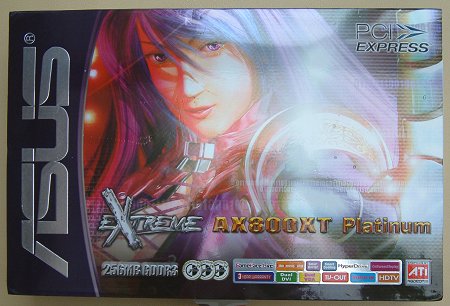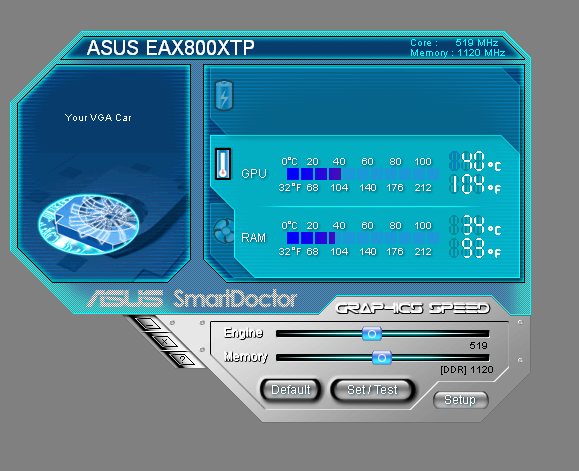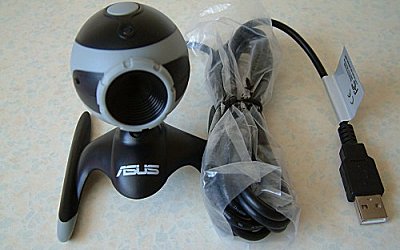Presentation and extras
ASUS packaging and presentation has always been of the highest order. The 'PE/2DHTV's continued this tradition.
ASUS doesn't do small packages for its premium graphics cards. To put the scale of this box into some kind of context, this picture shows a retail P5AD2-E Premium motherboard's packaging sat atop. The heavy box and understated colour scheme gives a certain feeling of company gravitas. Everything is presented in a neat fashion inside, too.

The bundle can be split into 3 parts. The first part, shown above, contains CyberLink's PowerDirector 3DE media-editing software, PowerDVD 5.0 disguised as ASUS DVD, another CyberLink goodie in the form of Medi@Show SE 2.0, Ulead's Cool 30 SE 3.0, a full version of Deus Ex: Invisible War, and, finally, a driver CD that contains ASUS-branded ATI drivers. Complementing the quickstart guide is a fuller manual that's only accessible via CD. I guess you save costs wherever and whenever you can.
One problem we ran into with our look at the X800 XT ASUS card was the inability to use the cool SmartDoctor software without compromising system stability. SmartDoctor v4.54 is bundled with the Platinum Edition, along with capture drivers (VIVO), Video Security, and ASUS' GameFace Live. Thankfully this time, there were no compatibility issues to report.

Temperature, both VPU and memory, is reported, so are basic system voltages. The beauty of SmartDoctor lies with the ability to control fan speed via an easy-to-use GUI. Running at, say, 50% of normal fan speed results in a significant noise drop that doesn't compromise the card's 3D ability at default clocks of 520MHz/1120MHz. I'd urge users to increase fan speed to the maximum when running an overclocked card. SmartDoctor's overclocking ability, however, is rendered literally impotent. The sliders only go up to 530MHz core and 1140MHz RAM. ASUS playing it too safe, I reckon. Hell, even ASUS' PEG-Link overclocking automatically pushes the card way beyond the SmartDoctor's highest setting.

Being a VIVO card courtesy of the Rage Theater ASIC, ASUS does the right thing by bundling in a handy breakout box that makes connecting wires a much easier task than having to fiddle around with the single S-Video socket on the card. As you'd expect, there's provision for both Video-In and Video-Out, via S-Video and RCA connections. High-end PCIe cards use a peculiar 6-pin auxillary power connection, that's why we see the power convertor on the left-hand side.

Yes, there's more!. A USB-powered webcam is a strange addition to a graphics card bundle. ASUS will no doubt point to its VideoSecurity feature that ties in nicely with a webcam.









